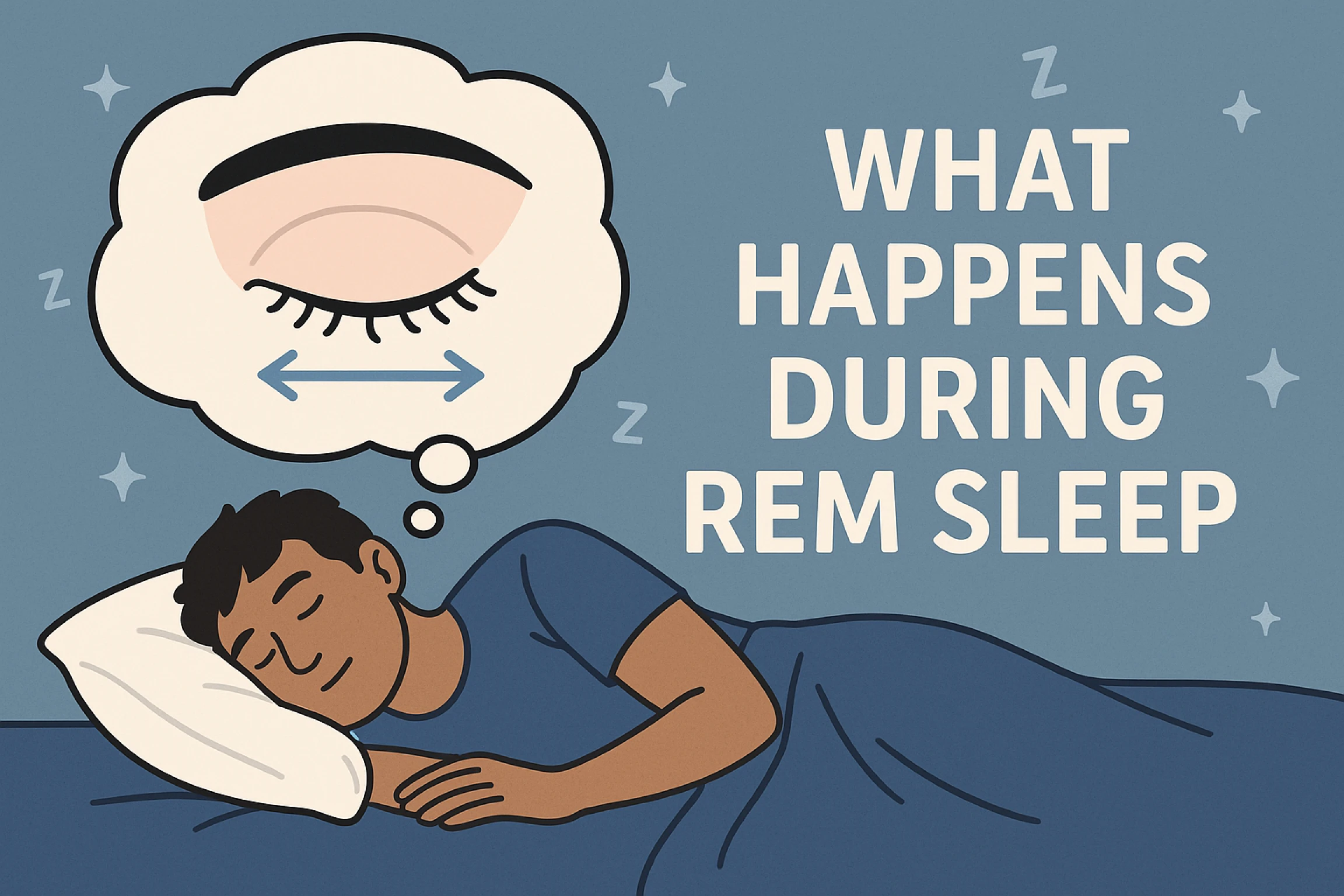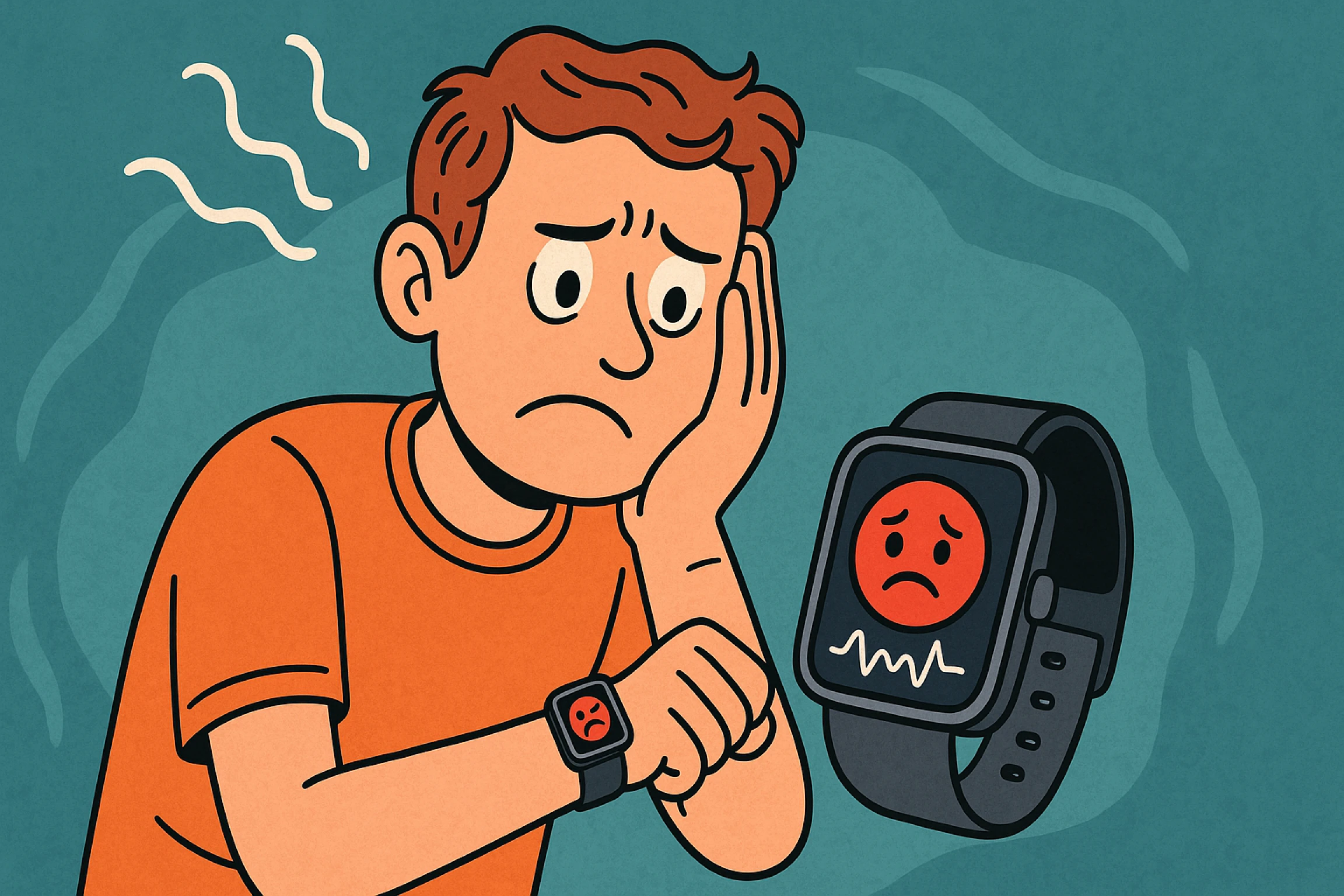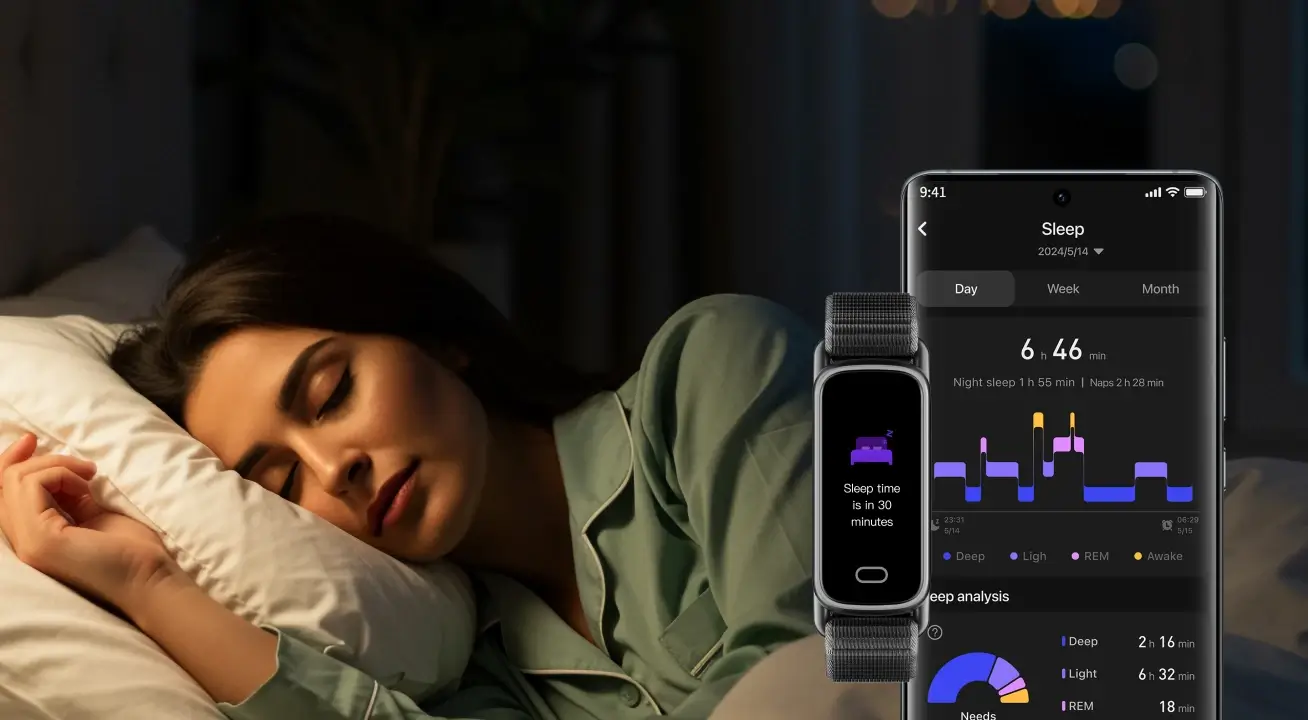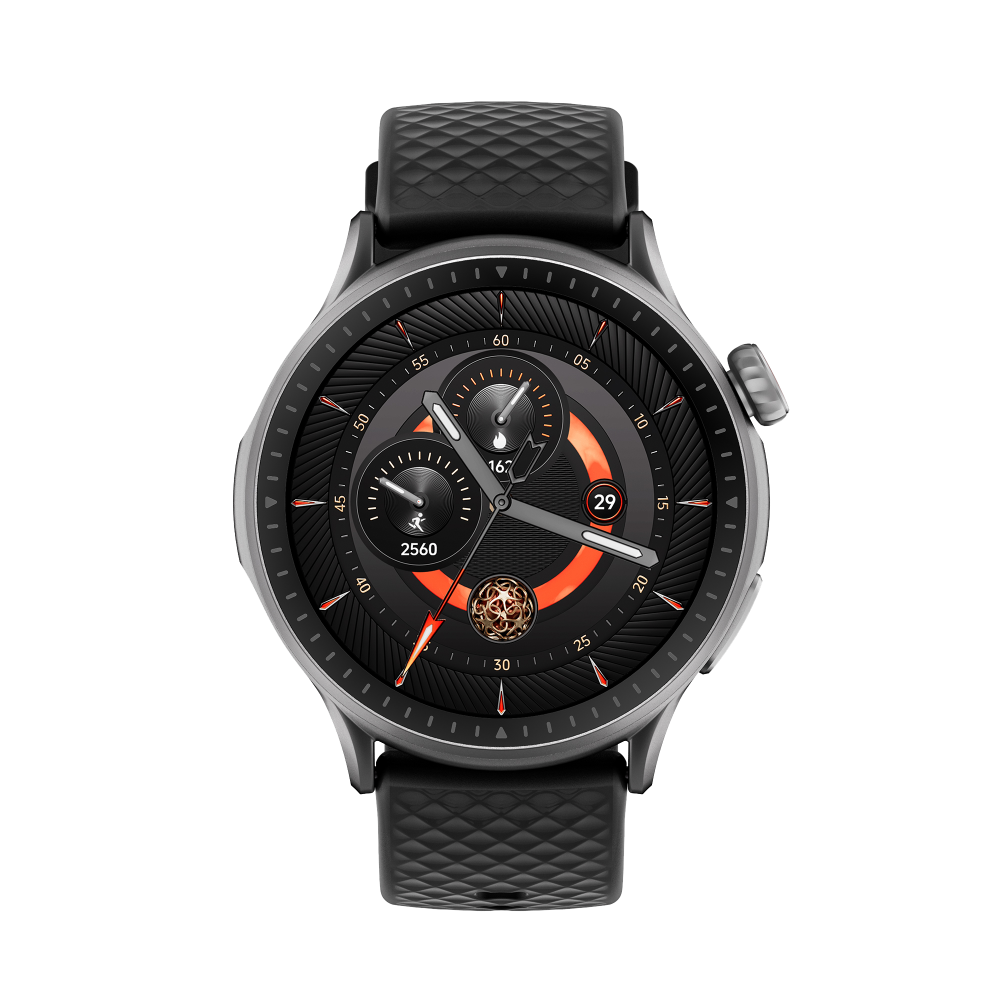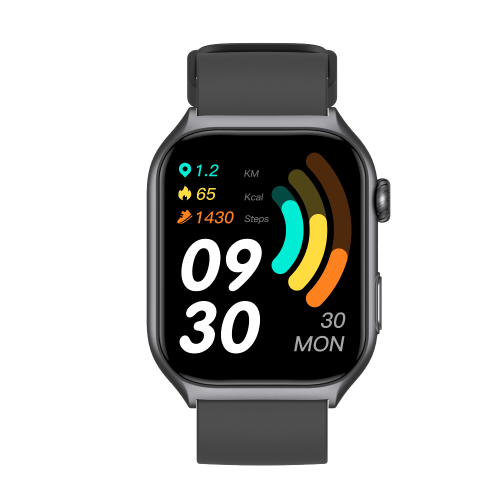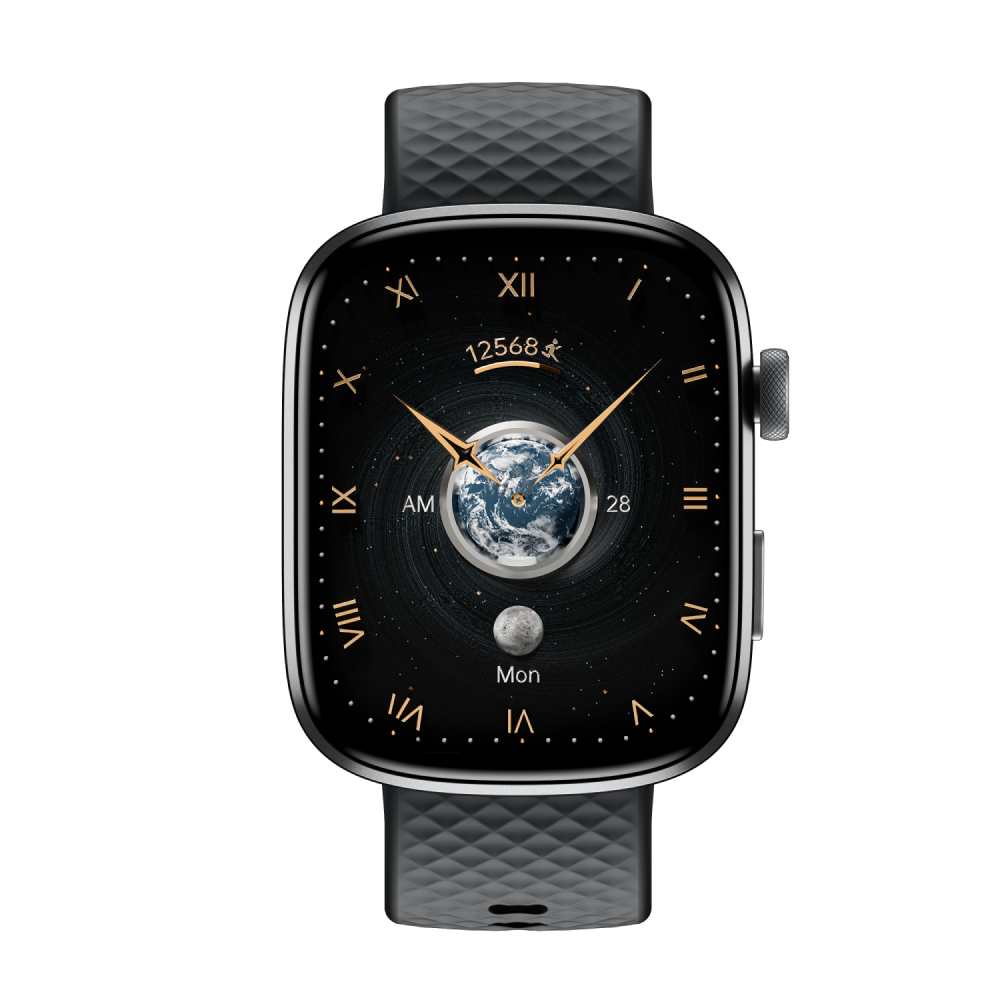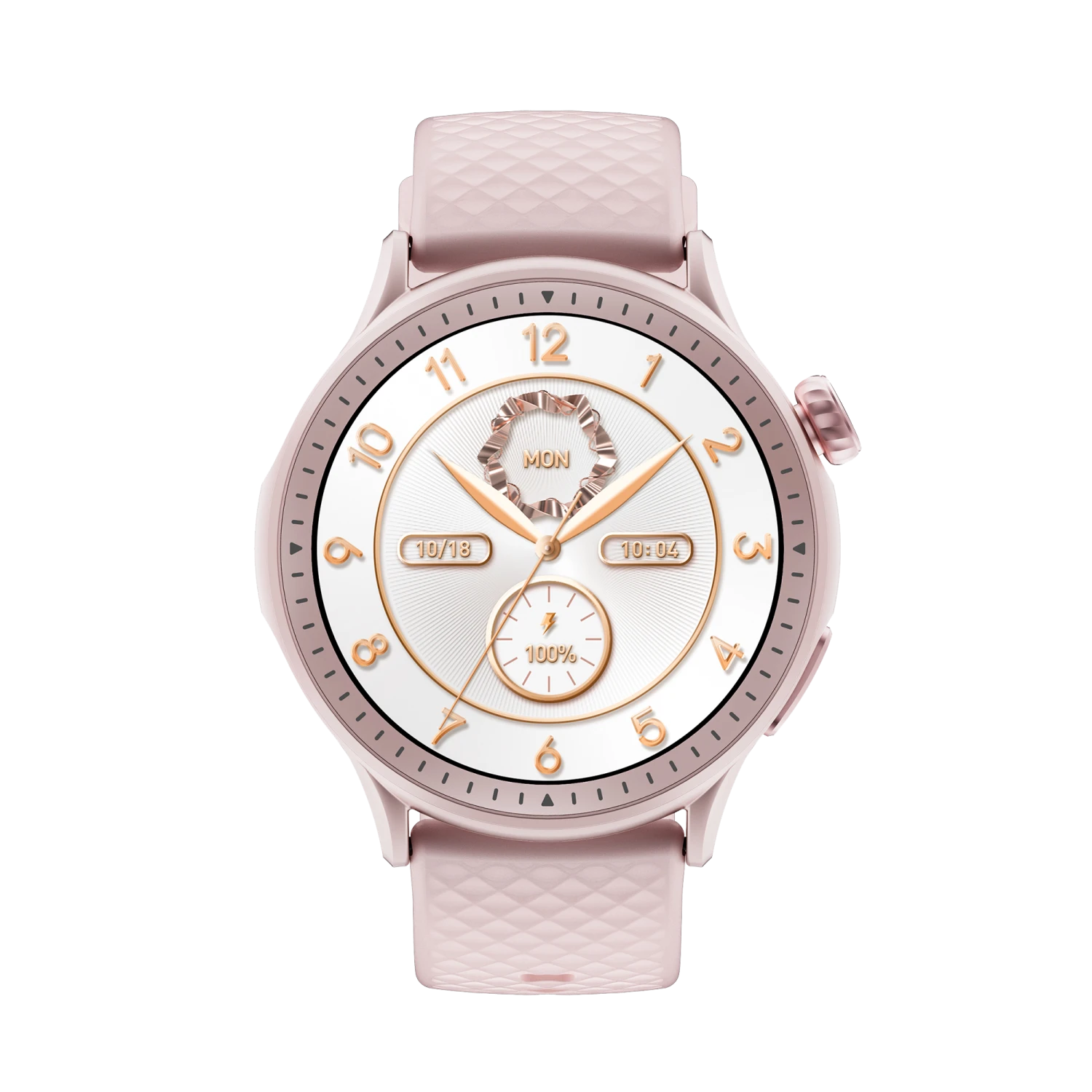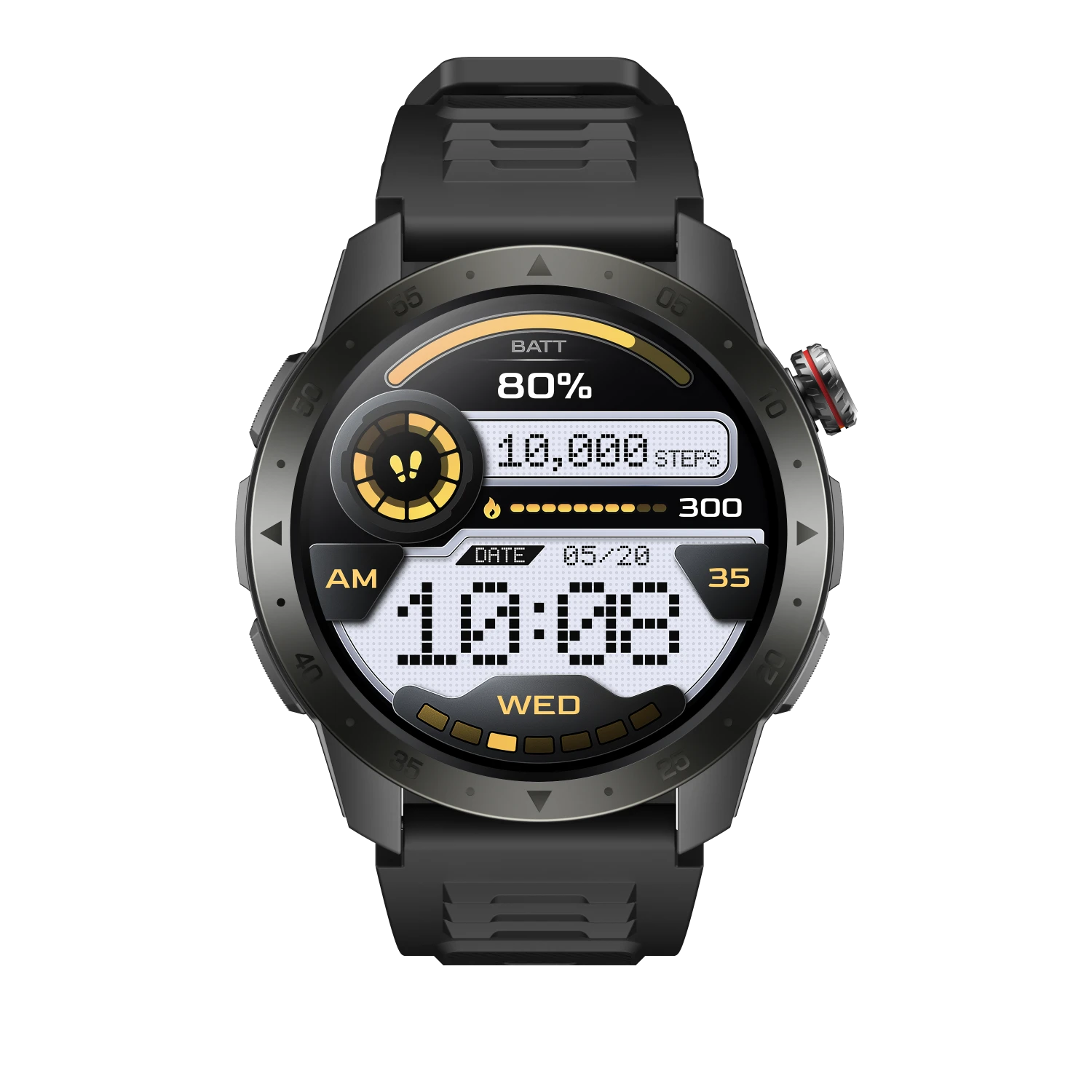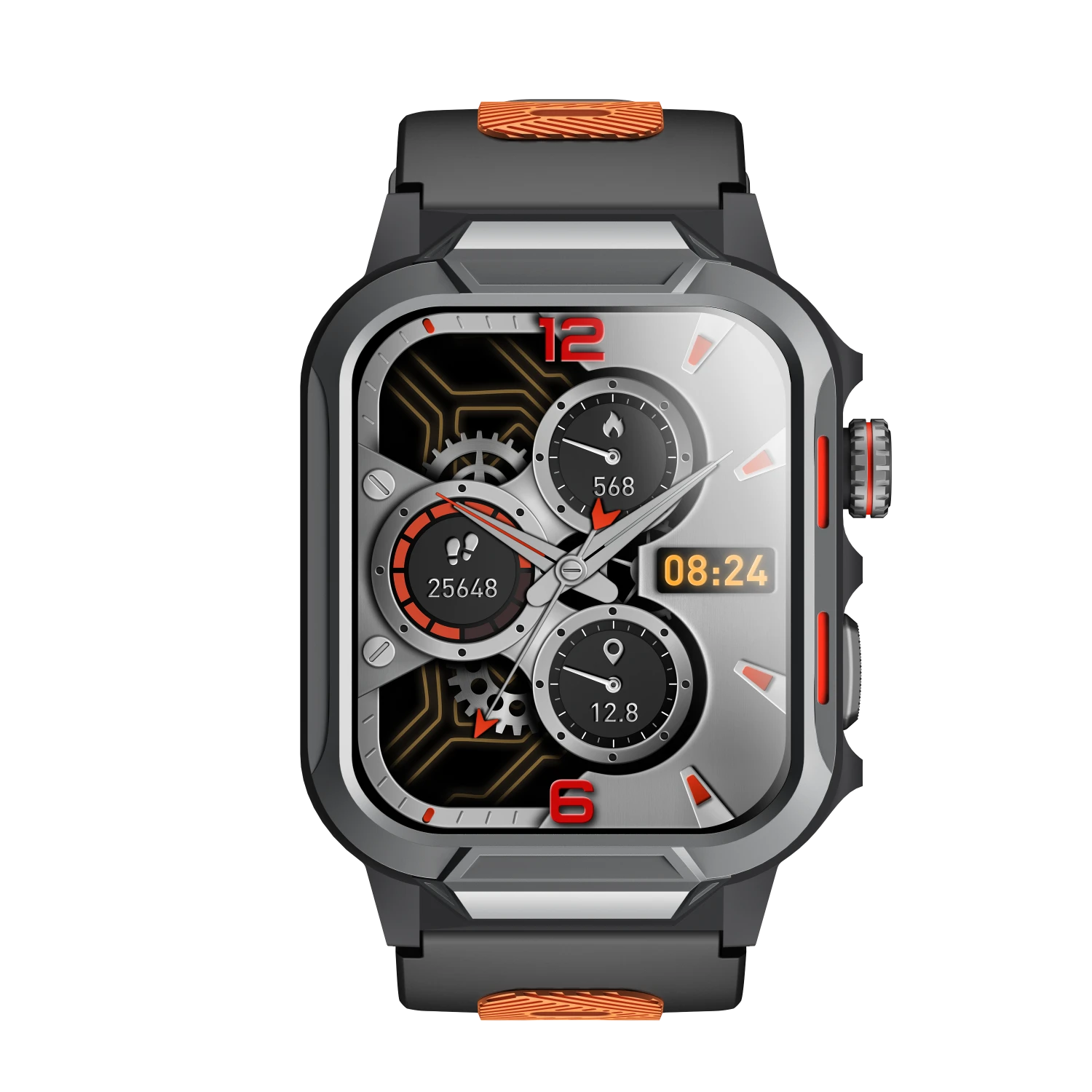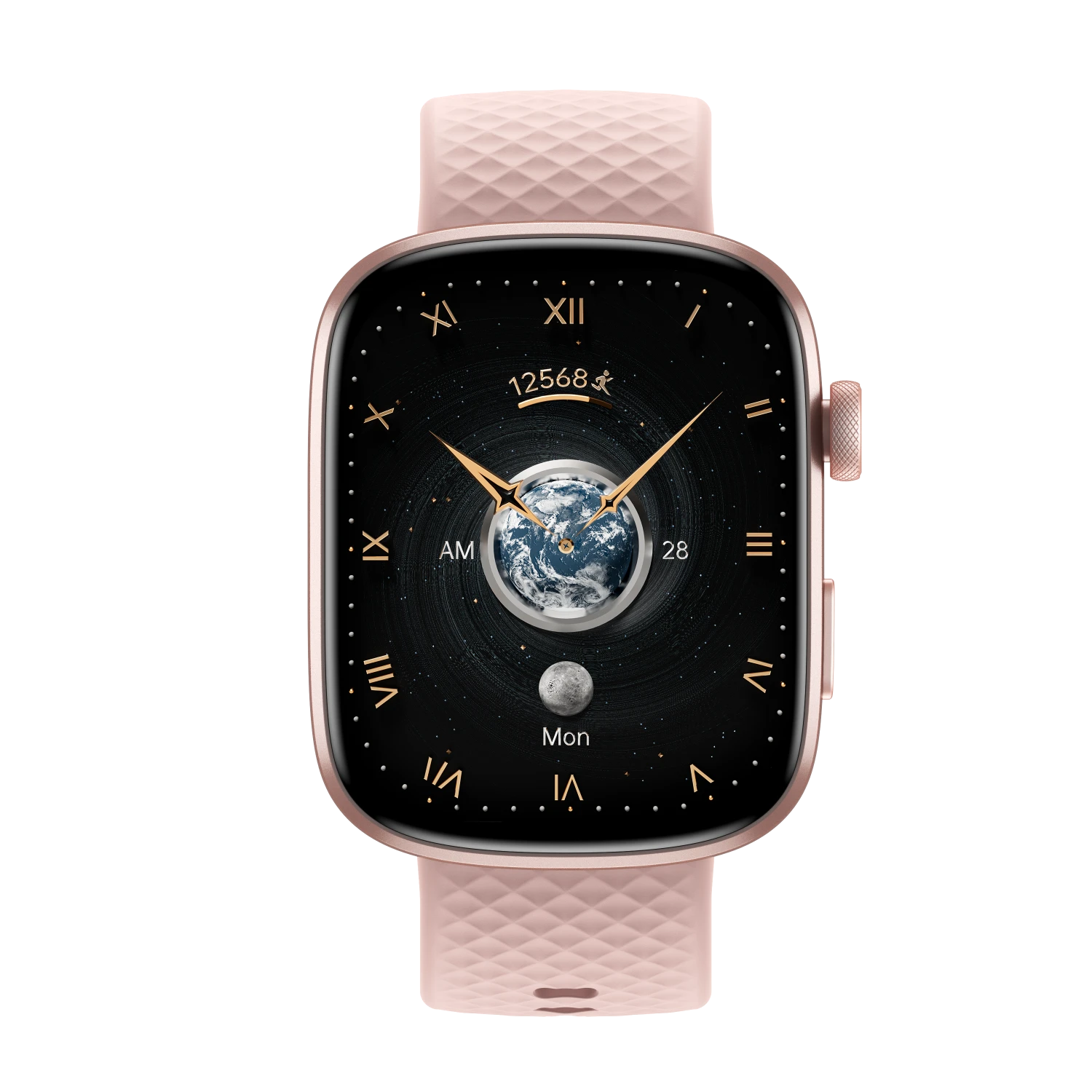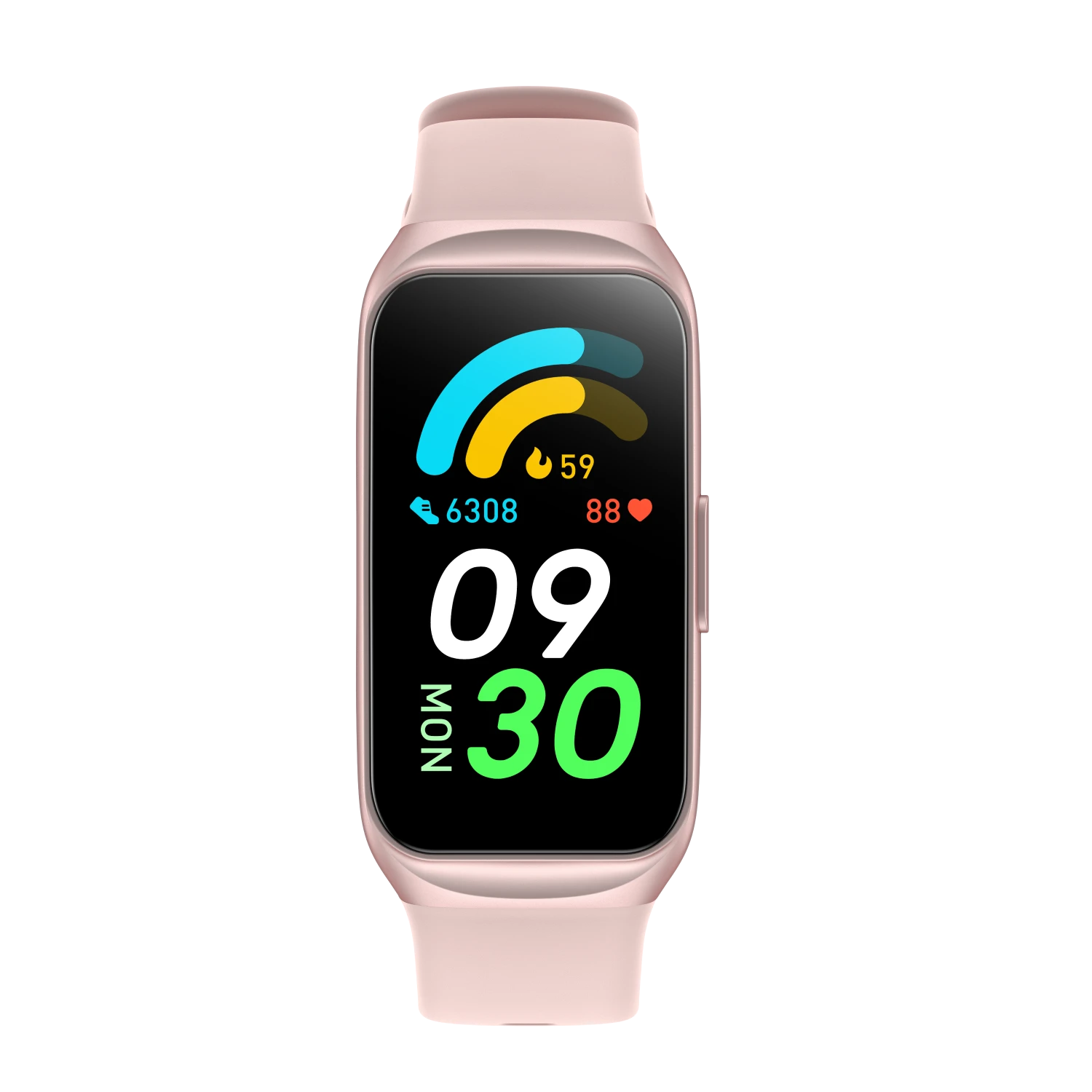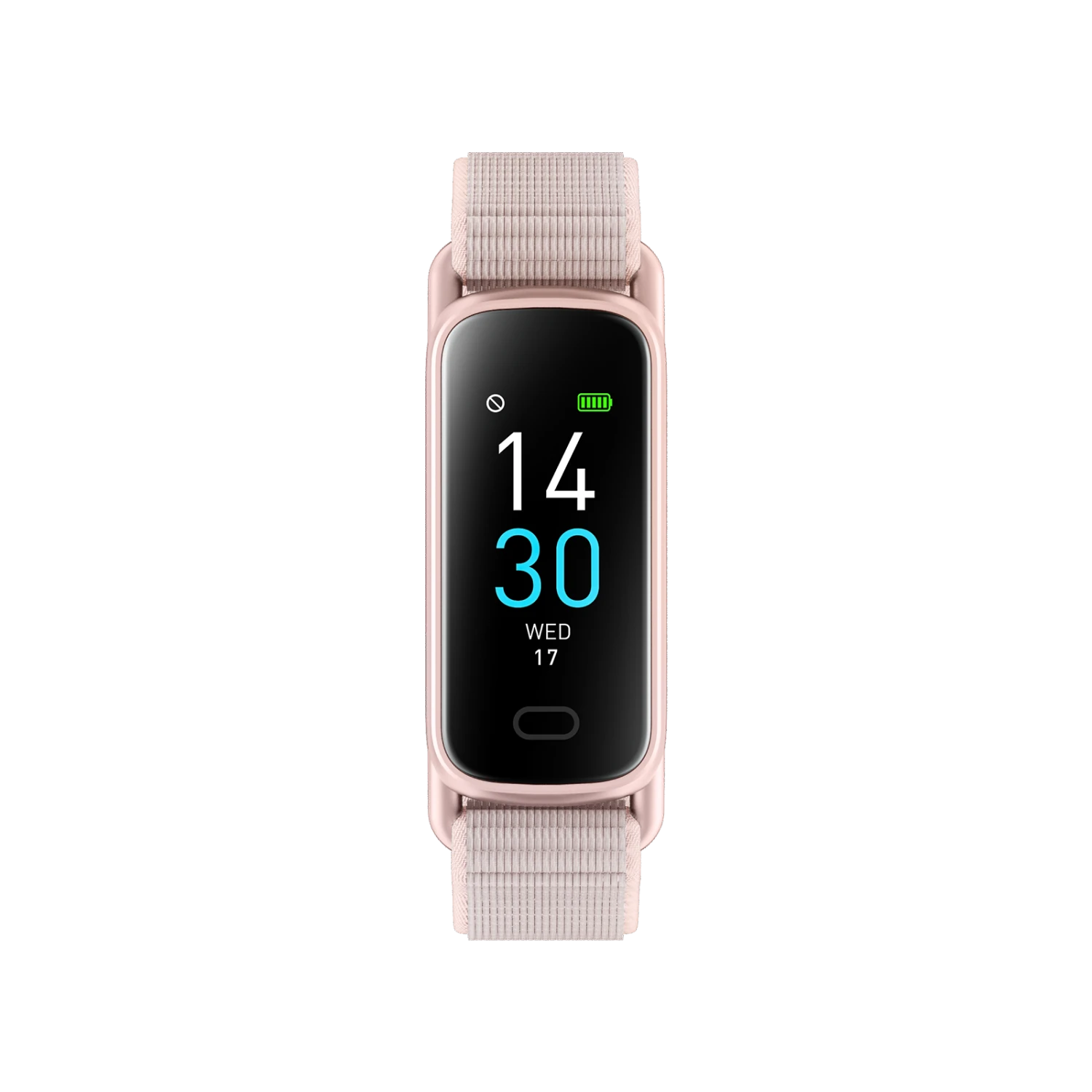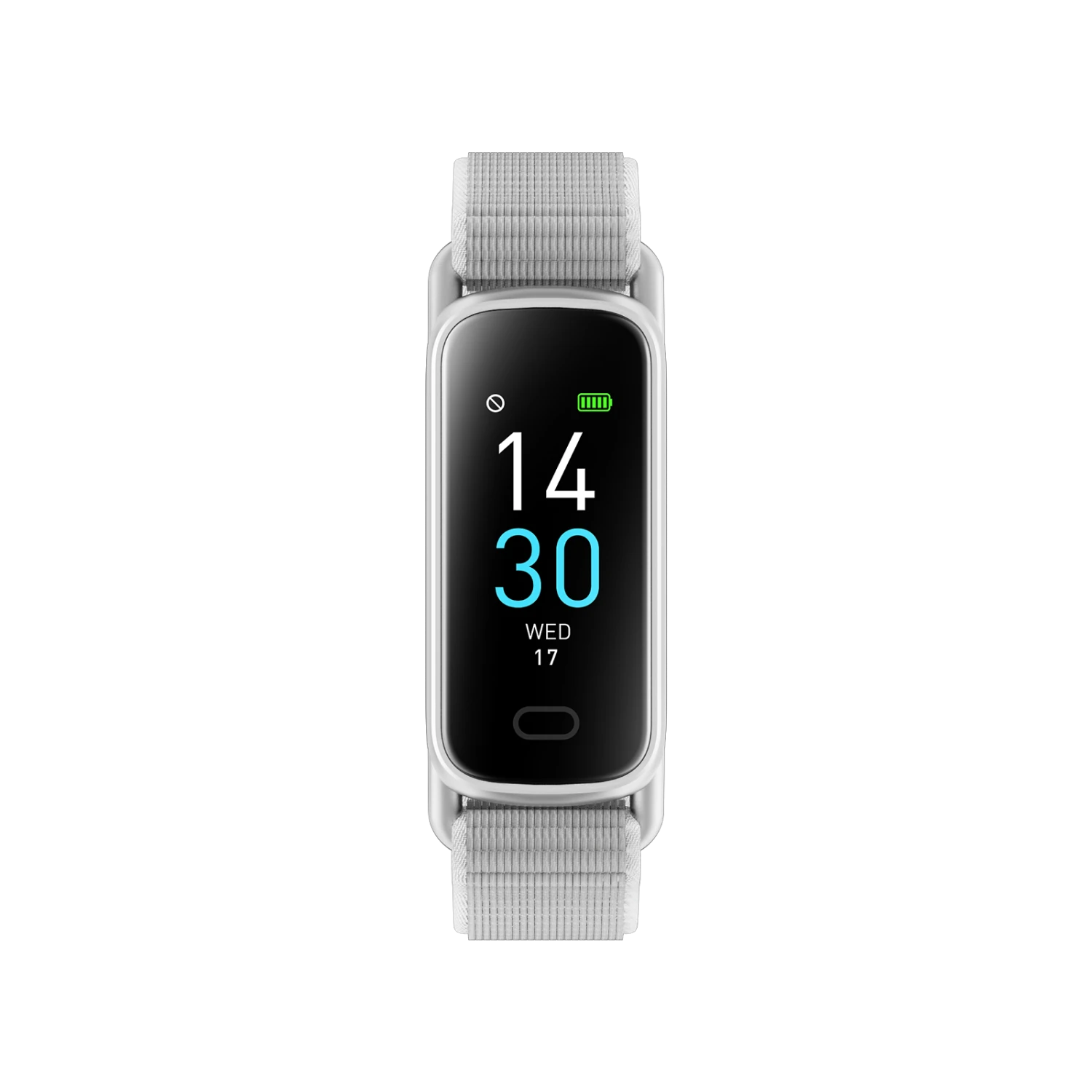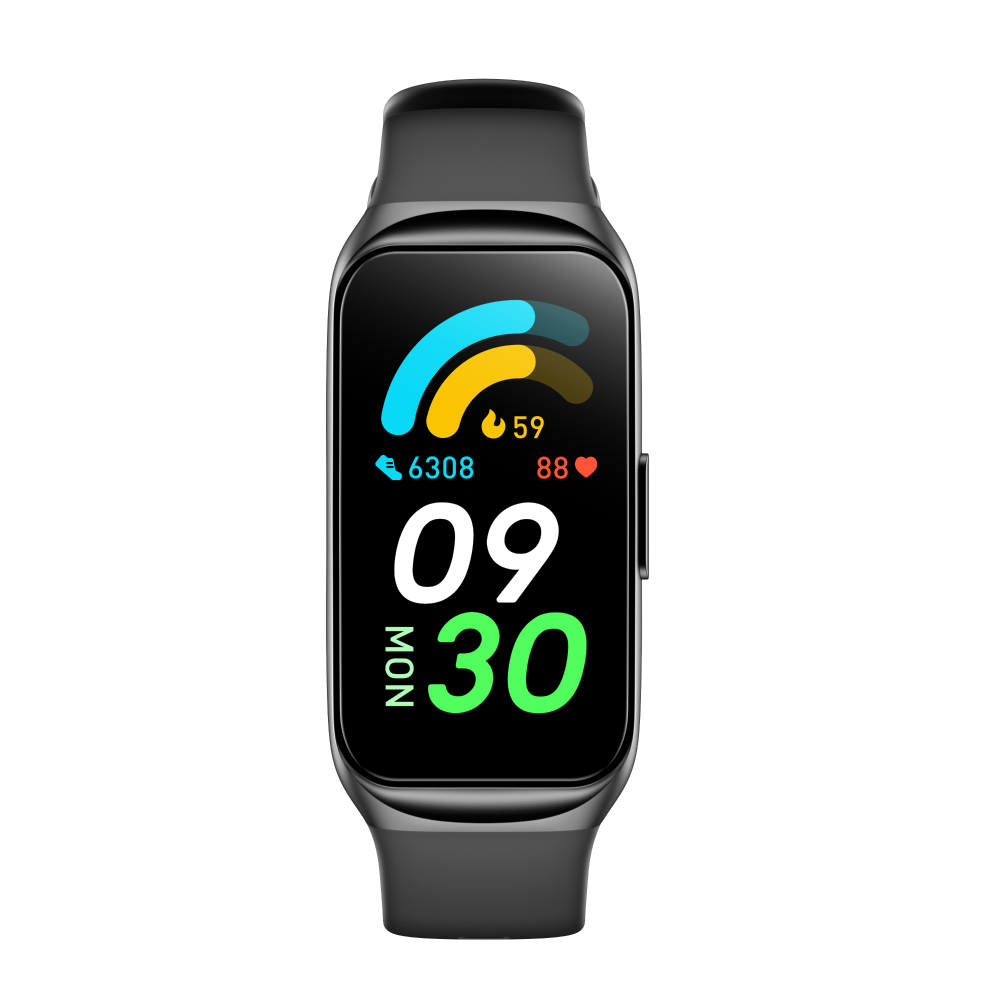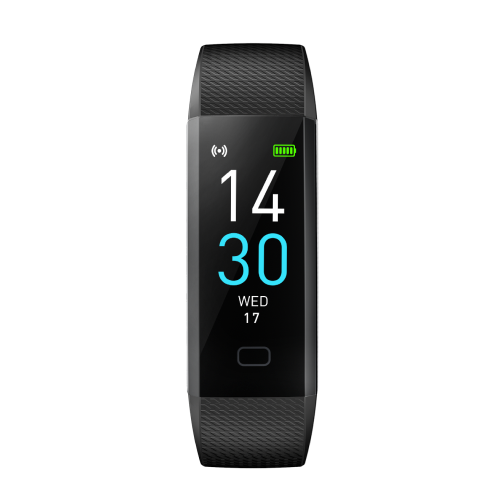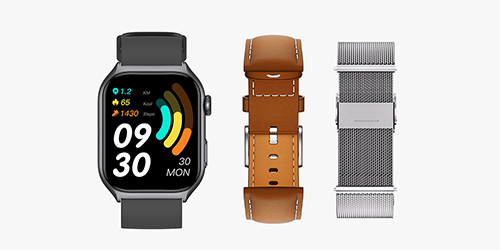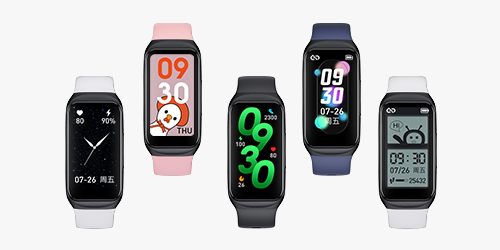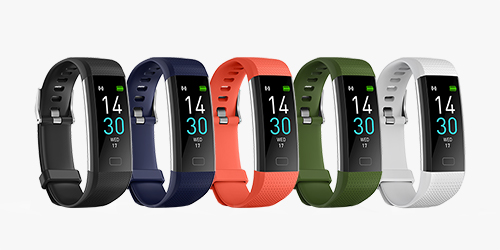Have you ever woken up from a dream that felt incredibly real?
That vivid experience usually happens during REM sleep. But REM sleep isn’t just about weird dreams and nighttime movie scenes—it’s actually one of the most important parts of your sleep cycle. It helps your brain stay healthy and supports your emotional well-being.
REM sleep happens every night, but many things can affect how much of it you get. In this post, we’ll look at what REM sleep is, what it does for your body and mind, and how much you need. We’ll also look at how sleep trackers can help you improve your sleep, like that Runmefit watch everyone’s talking about.
What Is REM Sleep?
REM sleep is a unique phase of the sleep cycle. It characterized by rapid movement of the eyes—hence the name, Rapid Eye Movement (REM)—along with increased brain activity and those vivid, often wild dreams.
Interestingly, while your brain is buzzing with activity, your body is essentially in a state of pause. Your muscles are temporarily “switched off” to keep you from acting out your dreams.
What Are the Benefits of REM Sleep?
During REM sleep, your brain isn’t just spinning wild dreams—it’s actually hard at work behind the scenes. This is when it sorts through your emotions, stores memories, and clears out mental clutter. It’s like the way your brain tidies up after a busy day, like that late-night housework to make sure everything is in order before morning.
REM sleep plays a crucial role in emotional regulation, memory consolidation, and brain development. It helps you process what happened during the day and makes it easier to handle stress. It also strengthens your memory by locking in new information and skills you’ve learned. If you’ve ever studied before bed and remembered it better the next day, REM sleep probably played a role.
Interestingly, studies suggest REM sleep also helps your brain heal from emotional pain. It can soften the impact of tough memories, which is why getting enough rest after a stressful or upsetting day is more than just helpful—it’s part of how your brain recovers.
Using a sleep tracker or smartwatch, like the Runmefit sleep tracker watch, can help you understand your REM sleep patterns. These tools show how long you stay in each sleep stage and can help you improve your sleep over time.
Why Am I Waking Up During REM Sleep?
Ever feel super out of it when you wake up? Like you can’t shake the fog? That might be because you woke up in the middle of REM. Your brain is still buzzing from dreamland, but your body is trying to catch up.
A few things can cause this:
- Sleep issues: Difficult to fall asleep or restless leg can cause frequent awakenings.
- Noisy or bright room: Too much light or noise can easily snap you out of REM.
- Stress levels: Again, it messes with everything, including your sleep patterns.
You can’t always control these things, but knowing when they happen is a good start. A smartwatch or sleep tracking app can alert you to patterns, so you can make changes that actually work.
How Many Hours of REM Sleep Do You Need?
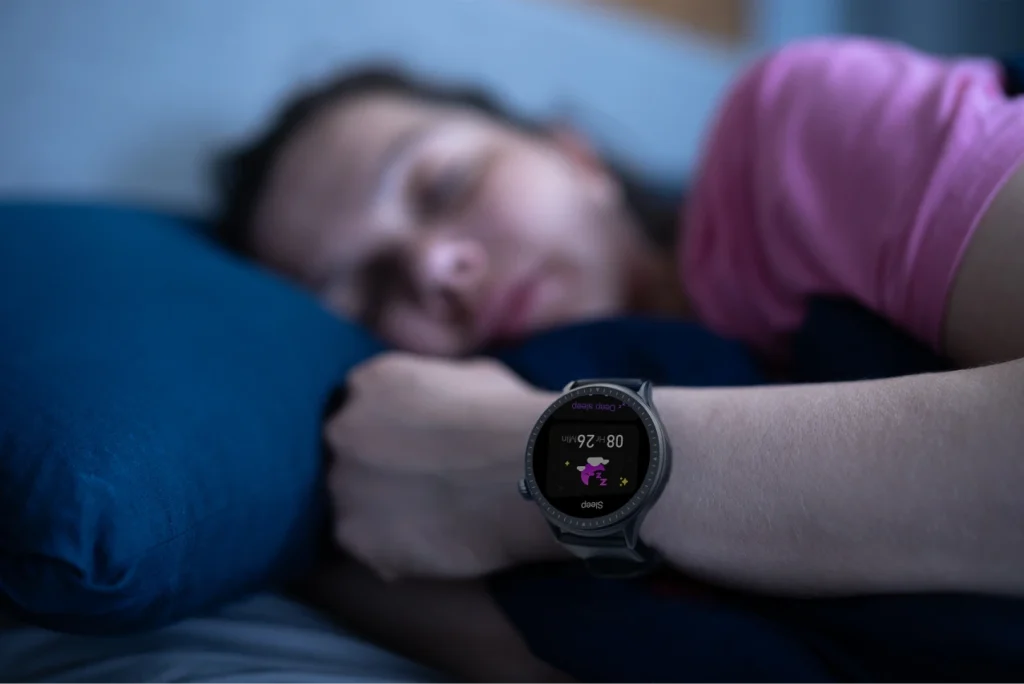
For healthy adults, REM sleep should constitute about 20-25% of total sleep time. If you’re sleeping 7-9 hours per night, this translates to approximately 90-120 minutes of REM sleep. Achieving sufficient REM sleep is essential for cognitive functions and emotional well-being.
What Causes Lack of REM Sleep?
REM stage doesn’t show up right away. It usually starts about 90 minutes after you fall asleep and repeats several times throughout the night.
During your first sleep cycle each night, your REM stage will be short, lasting only a few minutes. But as your cycles continue, your REM sleep will get longer until your last cycle. The last one might be almost an hour long.
As most REM occurs during your later sleep cycles, you sometimes feel like you’ve just been dreaming when you wake up. But if you don’t sleep long enough—less than 7 to 9 hours—you may miss out on those longer REM stages at the end of the night.
There are also other reasons you might not be getting enough REM sleep:
- Stress and anxiety: High stress levels can disrupt sleep cycles and reduce REM sleep time.
- Substance use: Alcohol, caffeine, and some medicines can lower your REM sleep.
- Irregular sleep habits: Going to bed and waking up at different times can disrupt the natural progression of sleep stages.
Sleep tracking watches like the Runmefit or even Apple Watch can help you spot these patterns. By seeing when your REM stages happen, you can figure out what’s getting in the way and make changes.
Is Too Much REM Sleep Bad?
REM sleep is important in a sleep cycle—but like anything, too much of it might indicate underlying issues. If you sleep more than the usual 7 to 9 hours, or if your dreams feel super intense night after night, you may be experiencing what’s called REM rebound.
What’s REM Rebound?
REM rebound happens when your body tries to catch up on REM sleep after missing it. This can happen if you’ve been sleep-deprived or very stressed. Your brain responds by adding more REM sleep the next time.
So, yes—if you suddenly experience a night packed with intense dreams and wake up feeling foggy or even a bit headache-y, that could be your body bouncing back. It’s not always a bad thing. In fact, it means your body is trying to recover.
However, if this keeps happening and you feel tired or confused in the morning, it might mean your sleep needs attention. Using a sleep tracker like the Runmefit smartwatch can help. It shows how much REM you’re getting and helps you spot patterns over time. With that kind of data, it’s easier to understand if what you’re experiencing is just a one-off or part of a bigger sleep imbalance.
Most of the time, your sleep will return to normal after a few nights of good rest. But if your sleep debt is big, it might take longer. Too little or too much REM isn’t great—what you really want is balance.
How Do I Improve REM Sleep?
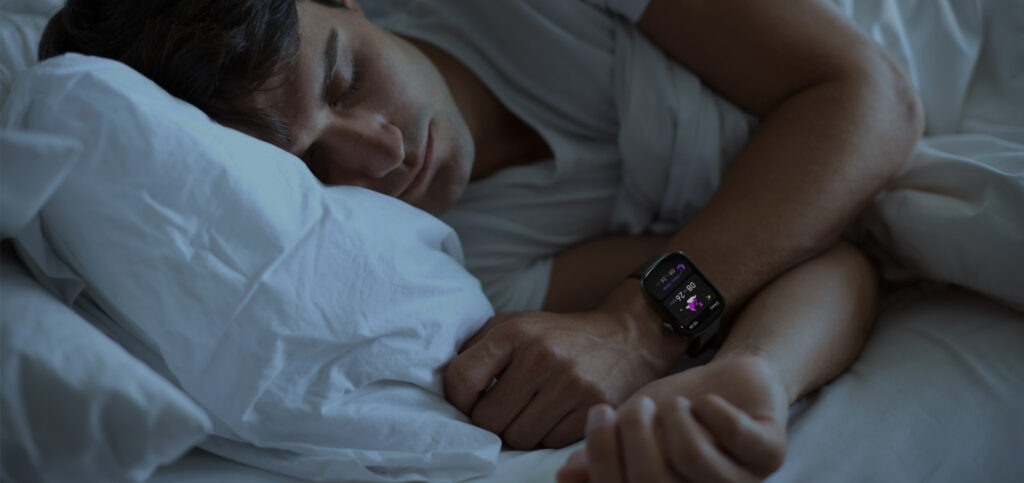
If you want more REM sleep and better sleep overall, it really comes down to building a few solid habits. Here are some easy things you can start doing right away:
- Stick to a Sleep Routine: Try going to bed and waking up at the same time every day—even on weekends. Your body loves a consistent schedule.
- Set the Scene: Make your bedroom calm and comfortable. Keep it dark, quiet, and cool. Even small things, like blackout curtains or a white noise machine, can make a big difference.
- Cut Back on Caffeine and Alcohol: Both can mess with your sleep cycle. Aim to avoid them at least a few hours before bedtime.
- Unwind Before Bed: Relax with something soothing. Deep breathing, stretching, or even just reading a book can help your mind slow down.
- Move During the Day: Regular exercise helps you fall asleep faster and sleep more deeply. Just don’t work out too close to bedtime.
- Track Your Sleep: A sleep tracker can show you exactly how much REM sleep you’re getting and what’s affecting it.
The Runmefit GTS7 Smart Watch is a great example—it tracks your REM, light, and deep sleep, and its AI-powered features give you helpful insights to improve your sleep over time.
Is the Runmefit Watch Good for Sleep Tracking?
If you’re curious about how well you’re really sleeping, a sleep tracking watch can be a game-changer—and the Runmefit GTS7 Pro is a solid choice. It doesn’t just tell you how long you slept. It breaks your sleep into stages like light sleep, deep sleep, and REM sleep, so you get the full picture. With features like smart alarms and sleep plan, you’re not just guessing—you’re adjusting your sleep with real data.
One of the standout features is how Runmefit uses AI to give you personalized insights. Over time, it learns your sleep habits and can help you spot trends—like if stress is cutting into your REM sleep or if your bedtime routine is actually working. It’s kind of like having a mini sleep coach on your wrist.
Plus, it’s super user-friendly. The interface is clean, the app is easy to navigate, and you don’t need to be a tech expert to understand the data. People who’ve used it say it’s both accurate and helpful, especially if you’re serious about improving your sleep.
Whether you’re just starting to pay attention to your sleep or you’ve been tracking it for a while, the Runmefit watchs make it simple to see what’s going on while you’re snoozing—and what you can do to sleep better.
What Is the Best Sleep Cycle?
A full sleep cycle includes several stages:
- Stage 1: Light sleep, you’re just starting to doze off.
- Stage 2: Your body relaxes more—heart rate slows, temperature drops.
- Stage 3: Deep sleep, your body does the heavy lifting—repairing muscles, boosting immunity, and recharging energy.
- Stage 4: REM sleep, where the dreaming happens. It’s key for memory, emotions, and learning.
Each cycle lasts around 90 minutes. Ideally, you should complete 4 to 6 each night. If you can wake up at the end of a cycle, you’ll likely feel much more refreshed. A balanced sleep pattern that includes adequate amounts of both stages is crucial for overall health.
To wake up feeling rested, it’s best to come out of sleep at the end of a cycle—not in the middle of deep sleep or REM. That’s why sleep tracking can make a real difference.
Smartwatch devices and sleep tracker can help you actually see these stages in action. It track how much time you’re spending in each part of the cycle and can even help you plan your wake-up time better.
This is how technology can play a role in your life, helping you regulate your sleep. Sleep smarter, not just longer.
Final Thoughts
Understanding your sleep—and especially your REM stages—can really change how you feel each day. The good news? You can take control of it. With healthy habits and sleep tracking tools like smartwatch and sleep tracker, you’ve got everything you need to sleep smarter and feel better.

